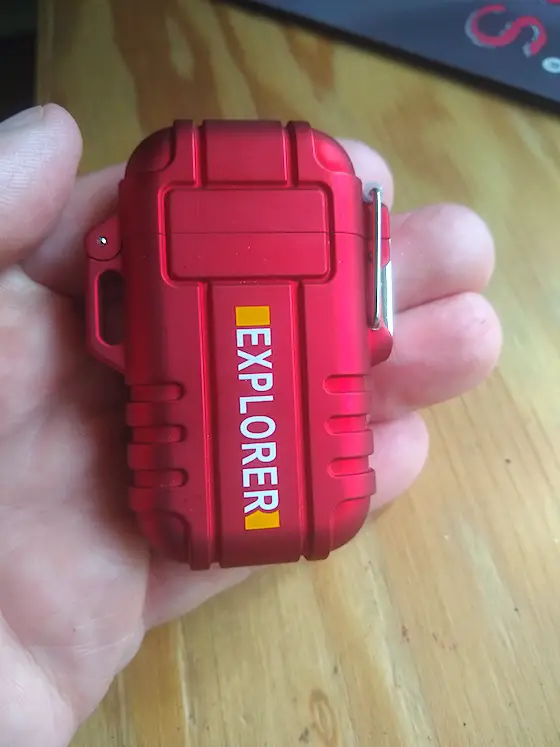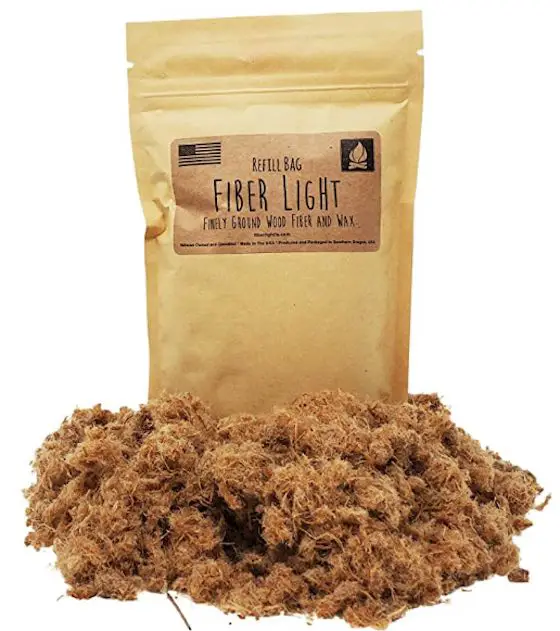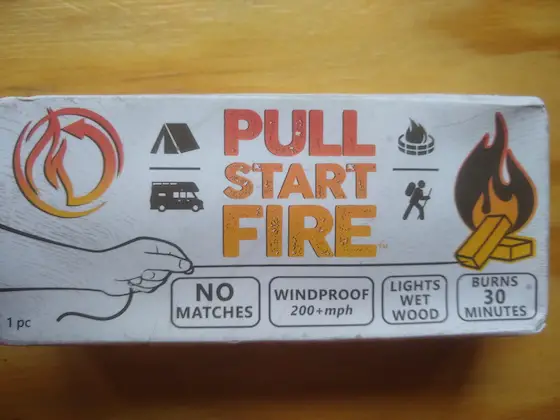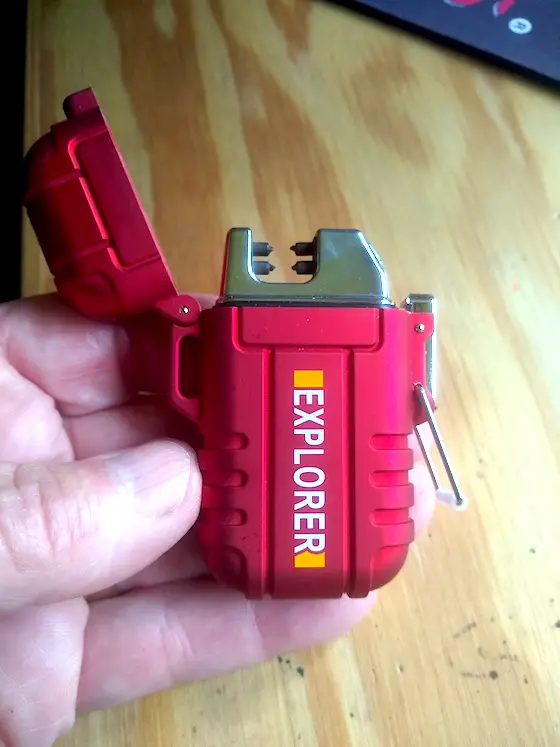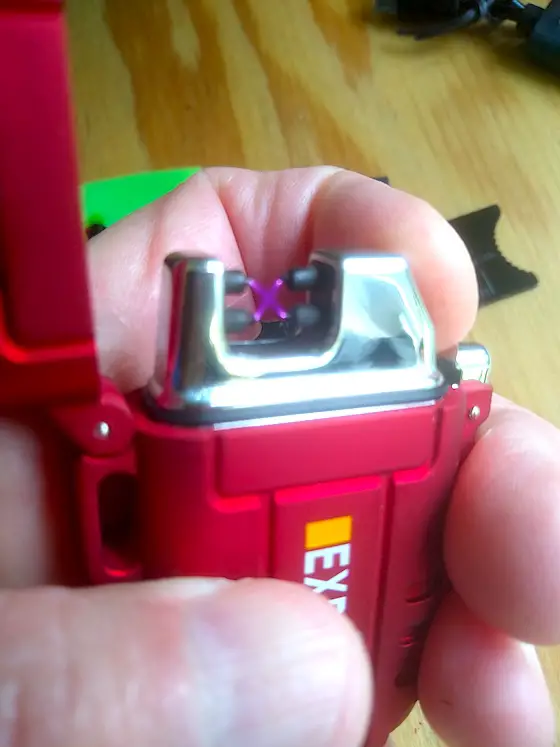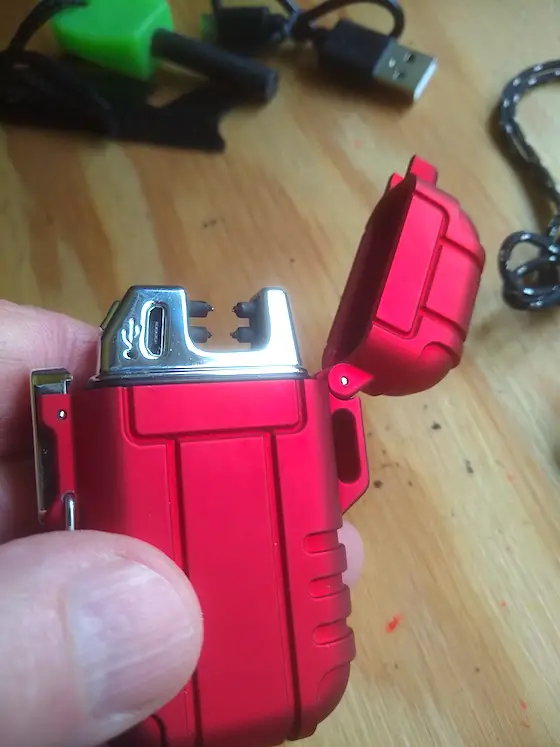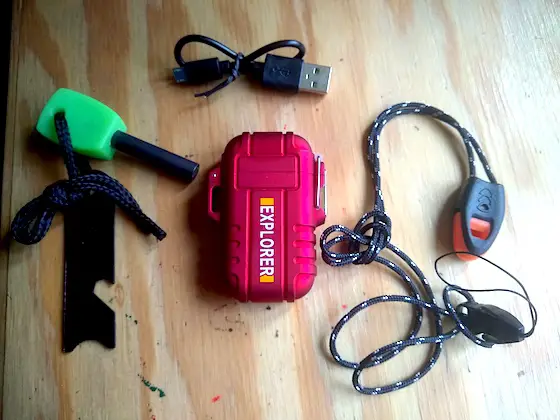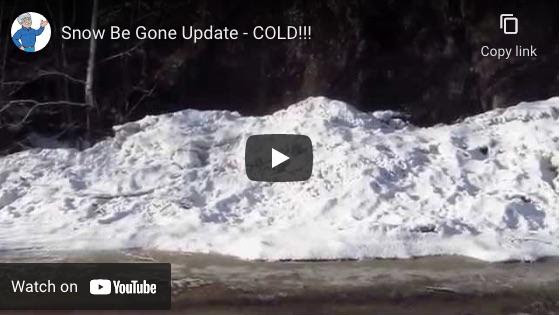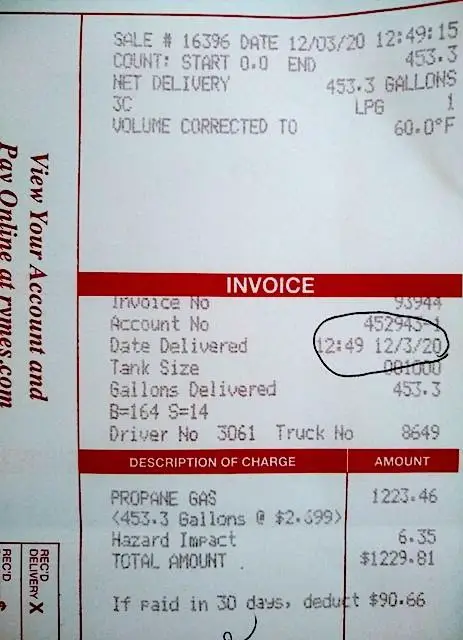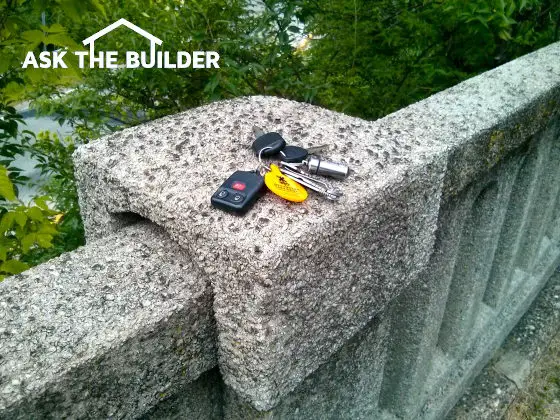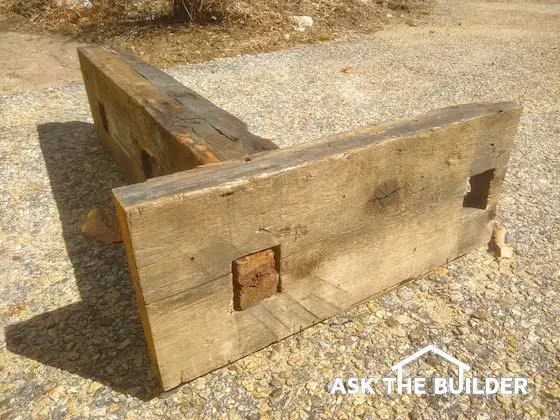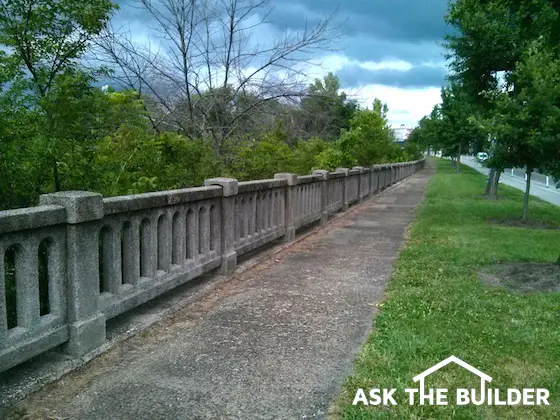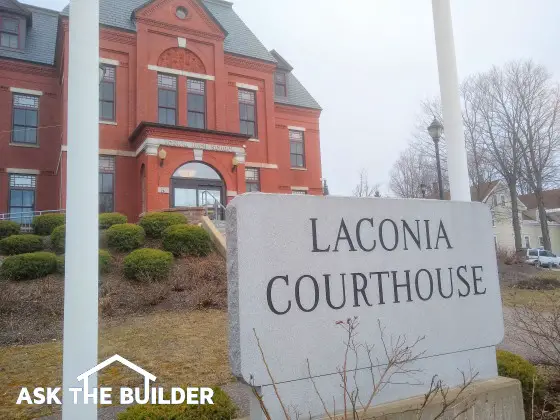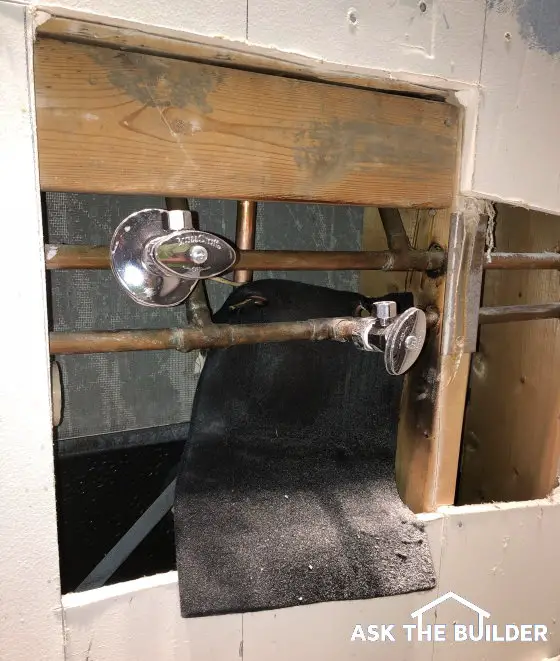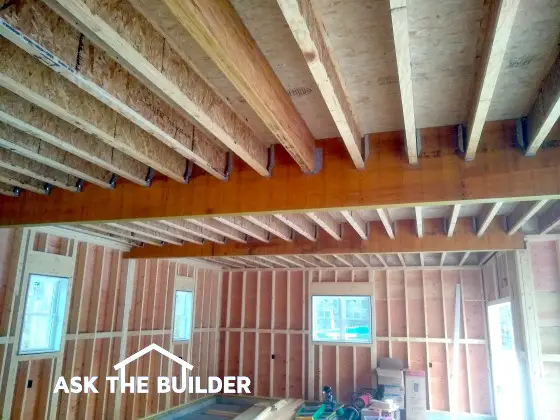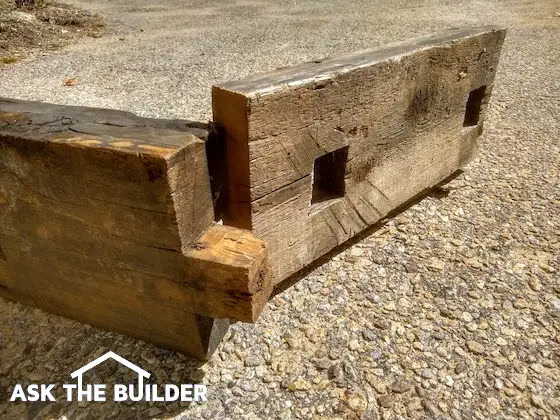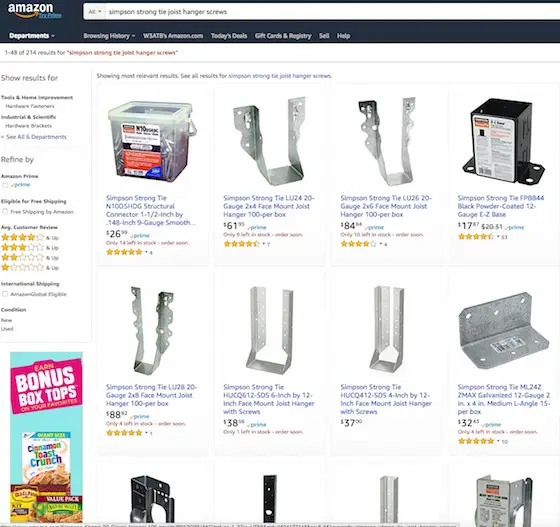Sunrise Photo | Water Hammer | Blueberry Stain Removal
Greetings! Lately lots of folks like you have been subscribing to my newsletter. This past week over one hundred people have become part of my extended Ask the Builder family. I’m so glad you’re here!
But you might be a subscriber who’s been receiving my news and secret tips for years! Do you recall that blockbuster column I wrote about lead-paint danger?
Did you know that lead was mixed with vinegar to sweeten wine? How long ago do you think that was?
CLICK or TAP HERE and see if your guess was within 100 years!
Early in the Morning
I’m a morning person. You may be a night owl. I won’t hold a grudge. One of the things I delight in is the sunrise. I’m blessed to see magnificent ones at least once a month, no matter the time of year.
Here’s one I captured this past Wednesday morning. You’re looking over Lake Winnisquam in central New Hampshire. CLICK or TAP HERE to see a high-resolution version of this photo. CLICK or TAP HERE for a stunning second photo taken from a different angle and about four minutes earlier.

Your House's Bones
You know your body has bones. Surely you know how important they are. Without them you’d be a puddle of goo or blob of Play Doh on the ground.
But what about the bones in your house? Do you know how they all work and which ones are the most important?
I just put my Basic Structural Concepts Handbook eBook on sale. Look at the price! It’s over 50% off!
The sale ENDS in one week. I'll be sending out a reminder, but just get it now before we run short on electrons!
CLICK or TAP HERE to see what you get.
BIG BONUS: The eBook contains a massive glossary of structural terms!
Runa’s Water Hammer
Early in the week, Runa invested in one of my paid phone advice calls. You’re not going to believe this story. Well, actually you might, if you’re familiar with this frustrating problem.
Years ago, she had magnificent high water pressure in her home. After installing a new copper feed line from the street to her basement, she started to have water hammer issues.
Two different plumbers were called in, and they installed and adjusted a pressure reducing valve ratcheting her pressure down to a dismal 45 pounds per square inch (PSI).
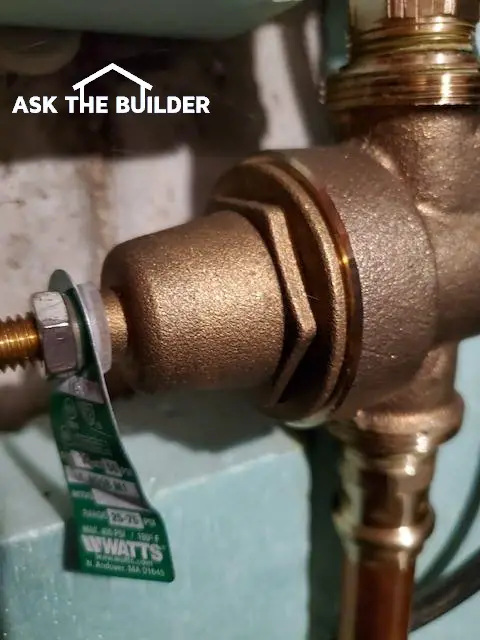
Runa continued to experience water hammer. The last plumber she talked to wanted to come over and turn down the pressure even MORE. Runa decided to turn to me instead. She couldn’t stomach having less water pressure.
I got on the phone with her, asked a few questions and in about ten minutes the issue was solved.
I also made a drawing for her to share with her plumber. My advice is going to stop the water hammer and get Runa’s pressure BACK UP TO 75 PSI.
I LOVE solving problems like this and I’d love to help you with your problem. You know what to do - have me call you on the phone for goodness sake!
Blueberries and Grandkids
Earlier in the week, I was on another paid advice call with Mr. Anonymous. At the end of the call the gentleman said, “Tim, I’ve got a great STAIN SOLVER story for you. A few years back, my young granddaughter threw up on an expensive sofa that was just weeks old. She had eaten some blueberries and you know how bad those stains are when blended with stomach acid!
Well, my wife and daughter tried to clean up the mess right away, but you could still see the blue and purple stain. I got home from work, mixed up some of your magic STAIN SOLVER and the stain DISAPPEARED in minutes. There was NO DAMAGE to the sofa, of course. Thanks for making such a great product!”
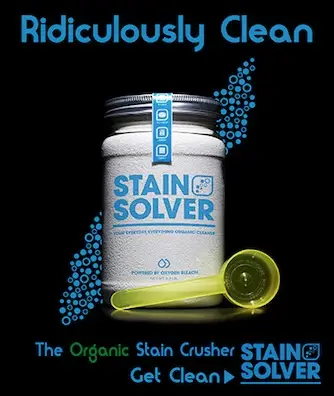
Yep, STAIN SOLVER is a great product.
Are you a power user of STAIN SOLVER? If so, I NEED YOUR INPUT. Please take this simple survey. There are BIG CHANGES on the way and you can say you helped drive the bus!
Some people have a STAIN SOLVER container in their pantry and for whatever reason they just use it for ONE JOB all the time. They have NO IDEA there are countless things you can clean with it!
It’s easy to think that you know the best way to clean things after decades and decades. But guess what? Your failure to try different products and methods could be holding you back from achieving spectacular results with LESS WORK and EFFORT!
CLICK or TAP HERE and watch all the videos about how I use STAIN SOLVER. The simple process is the SAME for just about anything you need to clean.
The rule of thumb is: If the object is water washable, STAIN SOLVER can almost always be used to clean it.
Sam's Garage Repair Saga
Do you have an older dilapidated detached garage? Yes, this one is pretty bad, but still salvageable.
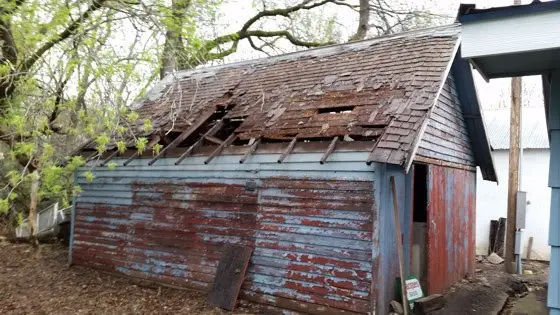
Sam from Spokane, WA reached out to me not too long ago.
Here’s part of what she wrote, “Hi Tim! Finding your article about saving a 150-year-old garage and reading the paragraph about what the garage was whispering to Walter almost made me cry … Sure do miss being able to ask my granddad these questions.”
CLICK or TAP HERE to read the column that almost made Sam cry.
FREE & FAST BIDS - NOW
CLICK or TAP HERE to get Free & Fast Bids from LOCAL contractors for ANY job at your home or condo.
Two Dead Women
In the past week or so, two women on two different adventures died very close to my home. They walked into the woods to enjoy an innocent day hike. They were carried out of the woods in black body bags. Tragedies like these can be prevented.
If they had watched this simple video and had just one or two important things with them they’d be alive and with their loved ones today!

I know you have friends, family members, etc. who venture outdoors for fun. PLEASE SEND THEM TO THIS PAGE after you watch the life-saving video yourself.
That’s enough for Easter Sunday.
I’m the head usher at my church and today is our most important celebration of the year. Yep, Easter trumps Christmas. He is Risen - it’s time to put God back in schools, don’t you agree?
I’ve got really fond childhood memories of being the second acolyte altar boy for the solemn-high Mass on Easter morning as well as all other high holy days throughout the year. There were five servers for a solemn-high Mass instead of the normal two for a regular Mass
The supreme commander, Tom Bender, was the master of ceremonies. I discovered how delicious goetta was at his house one morning after serving Mass with him.
Tim Mulcare, the first acolyte, and I were the rank just below Tom. We were 4-star generals if you need an image. Or, this will do:

Tim Carter
Founder - www.AsktheBuilder.com
Pods Coming!!! - www.StainSolver.com
Comms Boss - www.W3ATB.com
Do It Right, Not Over!
P.S. How would you like me to help you BUILD THE MOST DELUXE SHED within miles of your home? All you have to do is copy my shed or just reduce it in size. CLICK or TAP HERE to get the plans.
